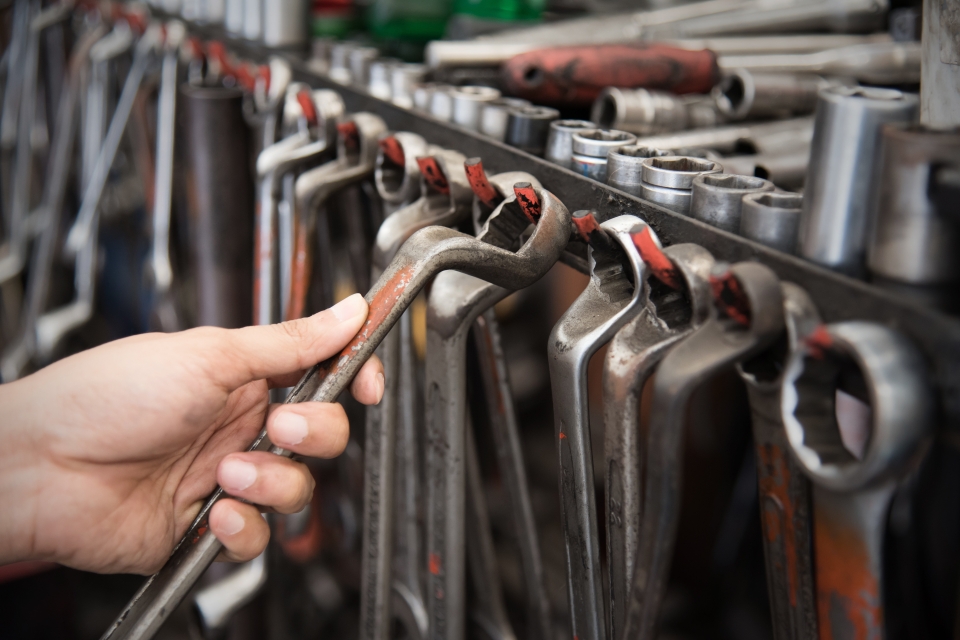What the hand tools sector can do to bridge the digital gap
2022/08/02 | By CENS⬛ Chao Ting-yu
In an interview with an industry analyst from the Industrial Technology Research Institute (ITRI), published in the 2022 edition of Taiwan Hand Tools, we discussed the overall AI trends in Taiwan's industries. This brief excerpt discusses how Taiwan's hand tools sector (and the majority of industries here) is really built on SMEs, yet there are significant challenges, such as implementing new, advanced technologies that still require funding.
For SMEs looking to bridge the digital gap, cost is a factor, but another crucial element to consider is the willingness from the management to invest in these technologies, as it integrates expertise across different departments, such as the information and production units, rather than just an investment for one area.
In terms of bridging the digital gap, companies in the traditional sector must first implement the infrastructure for “collecting digital data” so there is enough information to develop related applications, such as AI. Therefore, incorporating sensors, cameras, and set-top boxes used to collect data from machinery, semi-finished, and finished products, and even continuous data, such as on-site plant environment, the cooling efficiency of dies, are all crucial for digitalization.
SMEs that successfully integrate AI/smart manufacturing will gain the most in terms of lowering costs and increasing profits.
Successful examples of implementing AI and smart manufacturing include AI production scheduling to shorten manufacturing times, reduce raw material waste, and increase production capacity; optimized production and product inspection done by AI can improve quality control, and reduce defect rate. Suppliers are then capable of achieving quality control that other manufacturers can only dream of, and vastly reduce return rates -- all factors that can help suppliers significantly increase revenue and market share.
It's only a matter of time for each manufacturing sector to eventually employ AI and digitalization applications. For example, export-oriented semiconductor, display panels, and electronics OEM/ODM, are sectors that are big users of digitalized platforms and AI technologies. For an industry as export-dominant as the hand tools, it's inevitable that it will also take on these technologies, however, the industry has yet to widely adopt AI and digitalization due to relatively less urgency in the sector. The good news is that due to widespread adoption of AI in other manufacturing areas, hand tool suppliers have a greater catalogue of AI solutions to choose from and resolve issues unique to the industry; on the flip side, company management will need to consider investment returns and the most optimal period to invest in these new tools.





